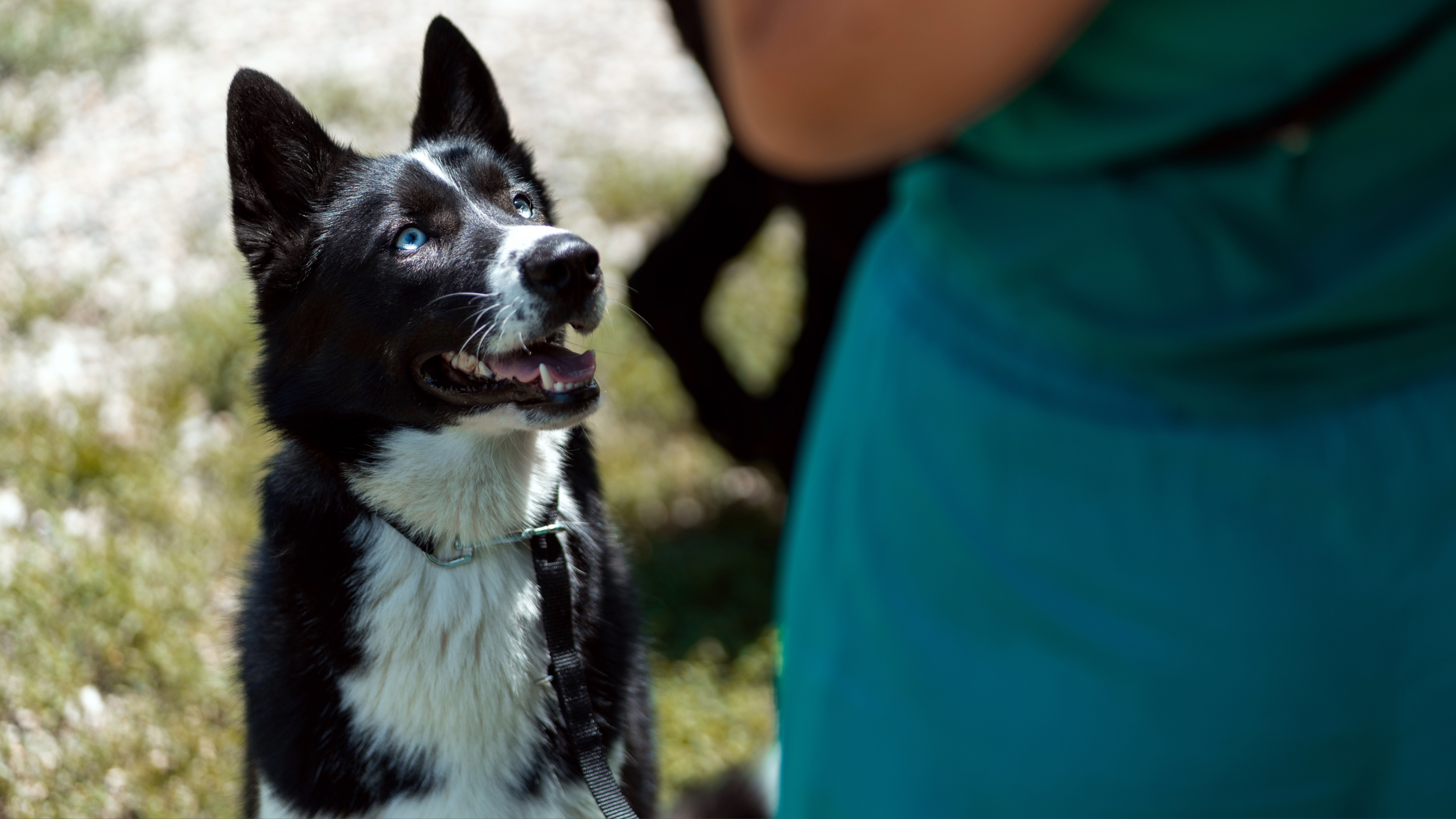
Whether it's mastering the art of loose leash walking or trying to help your pup overcome their reactivity, training certainly comes with its fair share of ups and downs.
Alongside having a stash of the best dog treats in your pocket, there are plenty of other tips for training your dog on your own that are well worth being aware of. And one of our favorites comes from expert trainer Nikki Mather.
In a recent Instagram post, Mather shared the power of the three D's when it comes to honing your dog's skill set — and being aware of them will help take your pup's training regime to the next level.
1. Distance: "Ask your dog for a certain behavior whilst you’re at a greater distance from them," says Mather. "A good example of this is recalling your dog when they’re further away from you." If your dog struggles to come when called, here are three reasons why your dog's recall isn't reliable (and what you can do about it).
2. Duration: "Ask your dog for provide a behavior for longer periods. An example would be asking them to remain in their ‘stay’ for a little longer than usual," Mather explains.
3. Distraction: "Practice the skills in busier environments with more stimulation, such as other dogs, people, noises etc," suggests Mather. "An example may be working on your dog’s loose leash skills when there are more distractions around."
Remember, the three D's are something you only want to implement once your dog has mastered the basics so it's important not to do too much too soon.
However, once your pup has a good command of certain skills and behaviors when they're up close to you and with minimal distractions, you can start to increase the difficulty by using the three D's - rewarding with treats and praise as you do.
And don't forget that there's plenty of help out there if you feel you and your pup would benefit from some 1:1 support. Our guide to how to spot dog trainer red flags will ensure you choose a qualified professional who uses positive training methods.







